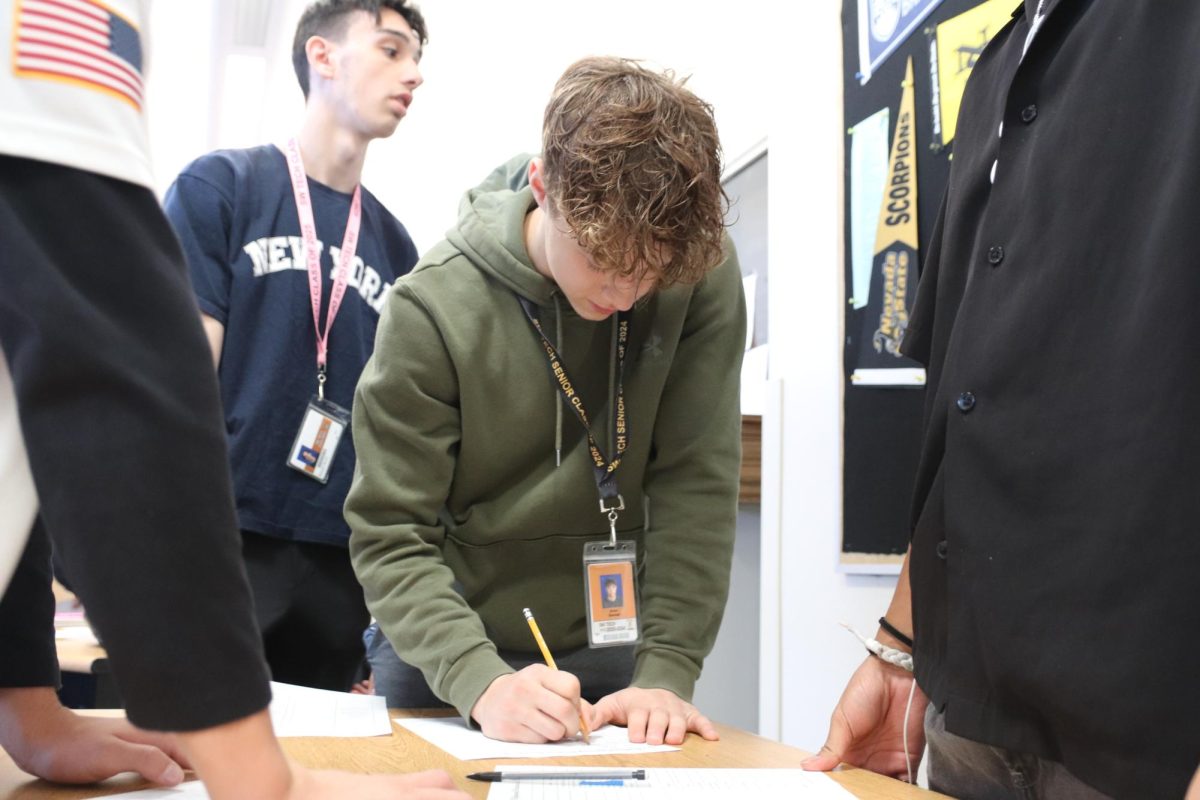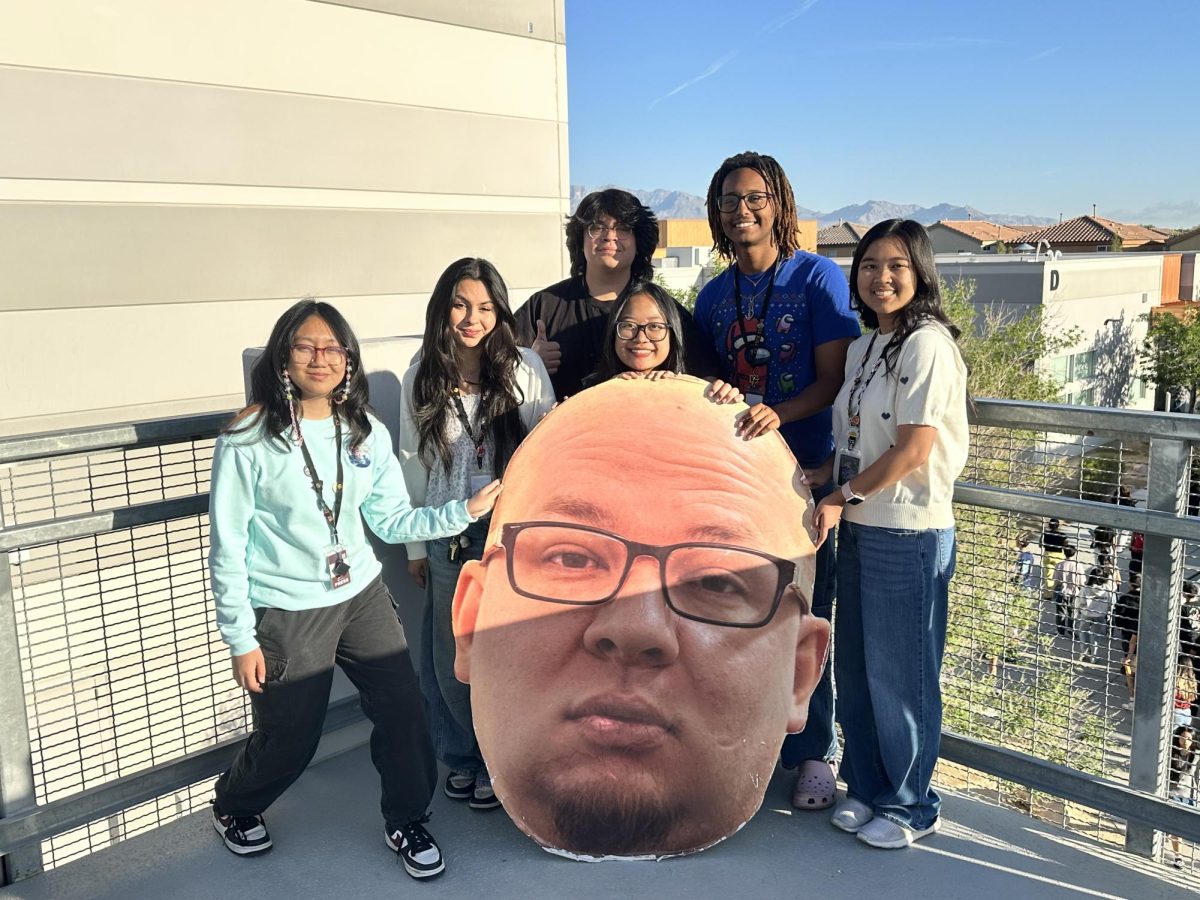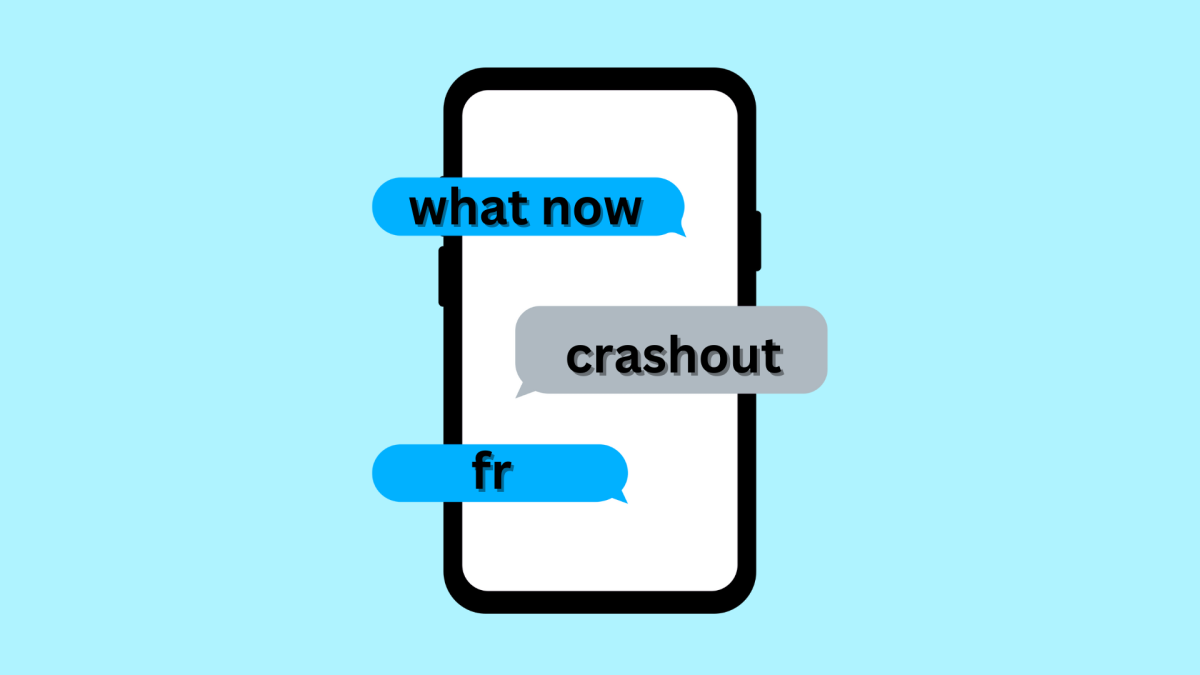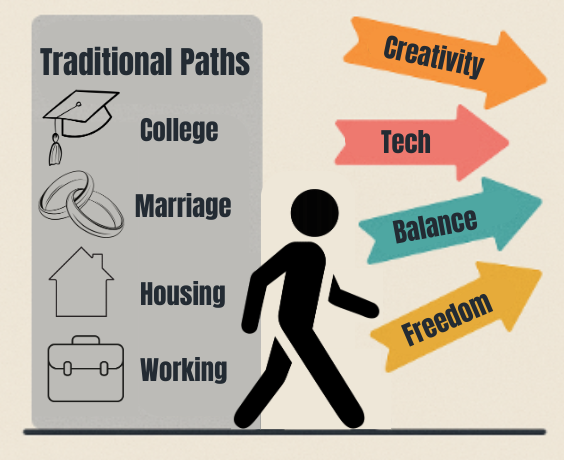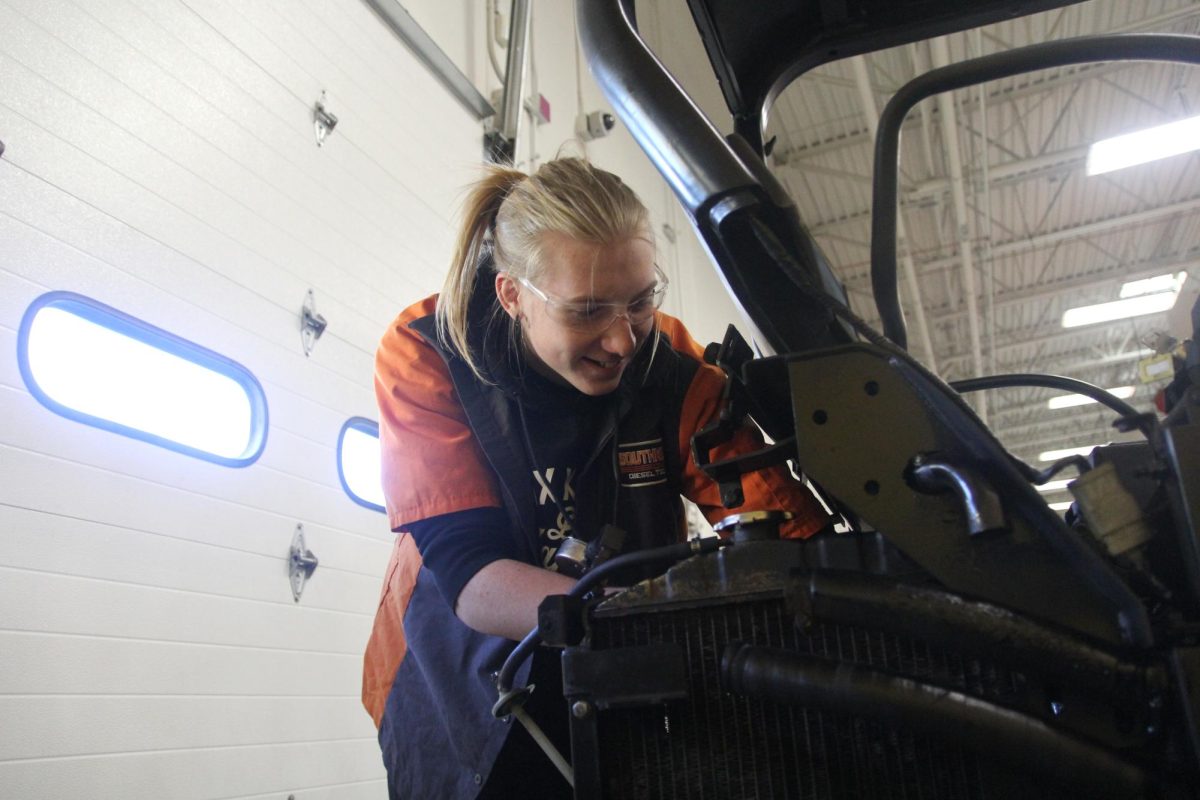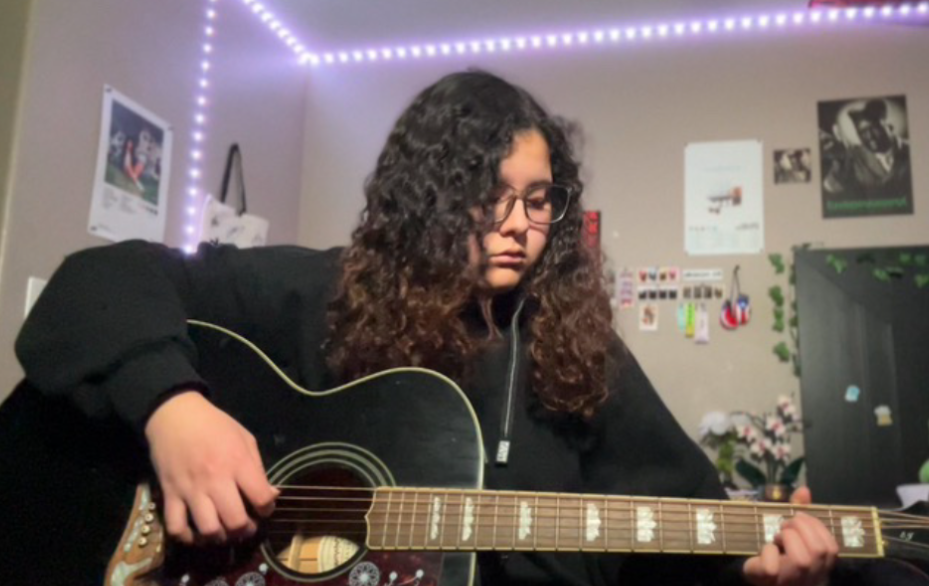Pushing themselves to the limit, many students take college courses in high school to get ahead in preparation for higher education. Schools offer these types of classes to provide students with the opportunity to start their college transcript and earn credit. In the U.S. alone, 82 percent of public schools teaching grades 9-12 offer dual enrollment courses, as researched by The Institute of Education Sciences (IES).
There are several reasons why students choose to take these courses. The most common reason is to earn college credit. Under the guidance of school counselors, many choose to take these classes with their future education and occupation in mind.
“I decided to take dual enrollment courses because it gives me the opportunity to receive college credit,” junior Aikhann Casupang said. “I wanted to get ahead and take as many courses that I can here in preparation for when I graduate and go to college.”
Even with accessibility to such classes, students are conflicted about whether or not they are fit to take the course.
“I didn’t feel very prepared to take on the classes and the stress that comes along with them,” junior Suhayra Aman said. “I hadn’t known how beneficial the classes could be until this year, so I didn’t choose to challenge myself and take those courses.”
These students are also concerned about how their knowledge and classes they’re taking compare to those who take dual enrollment.
“I do feel like I compare myself to others based on how I don’t take any dual enrollments,” Aman said. “But I’ve learned that not taking those advanced classes doesn’t define a person’s knowledge. I still have a chance to take some next year, so it isn’t as much of a concern for me as it might be for others.”
Dual enrollment classes have proven to have significant effects on students who choose to take them. According to a study done of a North Carolina CTE dual enrollment program, students were more likely to graduate high school and enroll in college.
Although these classes are beneficial for those planning on pursuing higher education, some students choose to take these classes mainly for their transcript.
“I take dual enrollment courses simply for my GPA,” junior Alejandro Chavez said. “I am a competitive student, so a high GPA is not just a number for me; it is a way to quantify all my effort and dedication. The information is helpful of course, but my GPA matters more.”
Dual Enrollment Infographic by Kylie Chelise Dacquel
As course scheduling for next year continues, underclassmen are also considering their options within dual enrollment.
“I’ll probably take dual enrollment classes in junior and senior year,” freshman Forest Linares said. “It’s not that I don’t want to take those classes next school year, but I just don’t feel ready yet and I want more information about the content of those classes.”
Many students have voiced their concerns about wanting more in-depth information in preparation for coming years about the dual enrollment classes offered.
“I just don’t know what to expect about them,” freshman Revelin Gannon said. “I want to know what the classes are like so that I can decide whether or not I truly want to choose to take a specific course.”
Some are still unsure of whether or not they will be able to handle the workload that comes with these challenging courses.
“I know I can use those college credits and it’ll be good to have on my applications,” Gannon said. “But what I’m concerned about the most is knowing if I’ll be able to handle the workload. I’ll have more classes next year, so I want to take something that’ll challenge me, but not burden me with a lot of work.
Environmental 101 teacher Martha Horner believes the transition from regular high school classes to college level courses requires dedication.
“To be comfortable with transitioning to a dual enrollment class, you have to want to do it,” Horner said. “One of the big points I like to make about dual enrollment classes is if you pass the class, you get actual college credit unlike AP classes where you can pass the class, but fail the test and not get the credit. Dual enrollment is also cheaper than AP classes.”
Dual enrollment is suitable for anyone who wants to take the class, as they aren’t just catered to students who are preparing for a certain profession.
“Anybody can take these classes,” Horner said. “Most people who take [advanced placement] classes are planning ahead and they know they’re going to college, but these classes are good for anyone, whether they’re going to college or not.”
And while some students might feel the pressure to enroll in these courses, Horner believes it’s up to every student to make the best choice for themselves.
“Every student’s path is different,” Horner said. “Even at the actual freshman college level, some students enroll for the first time and never took a dual credit class. They may have to take a prerequisite class or a remedial class before they can take their actual classes that they need. Every student deals with taking different classes than their peers. You’re not behind, you’re just on a different track.”

